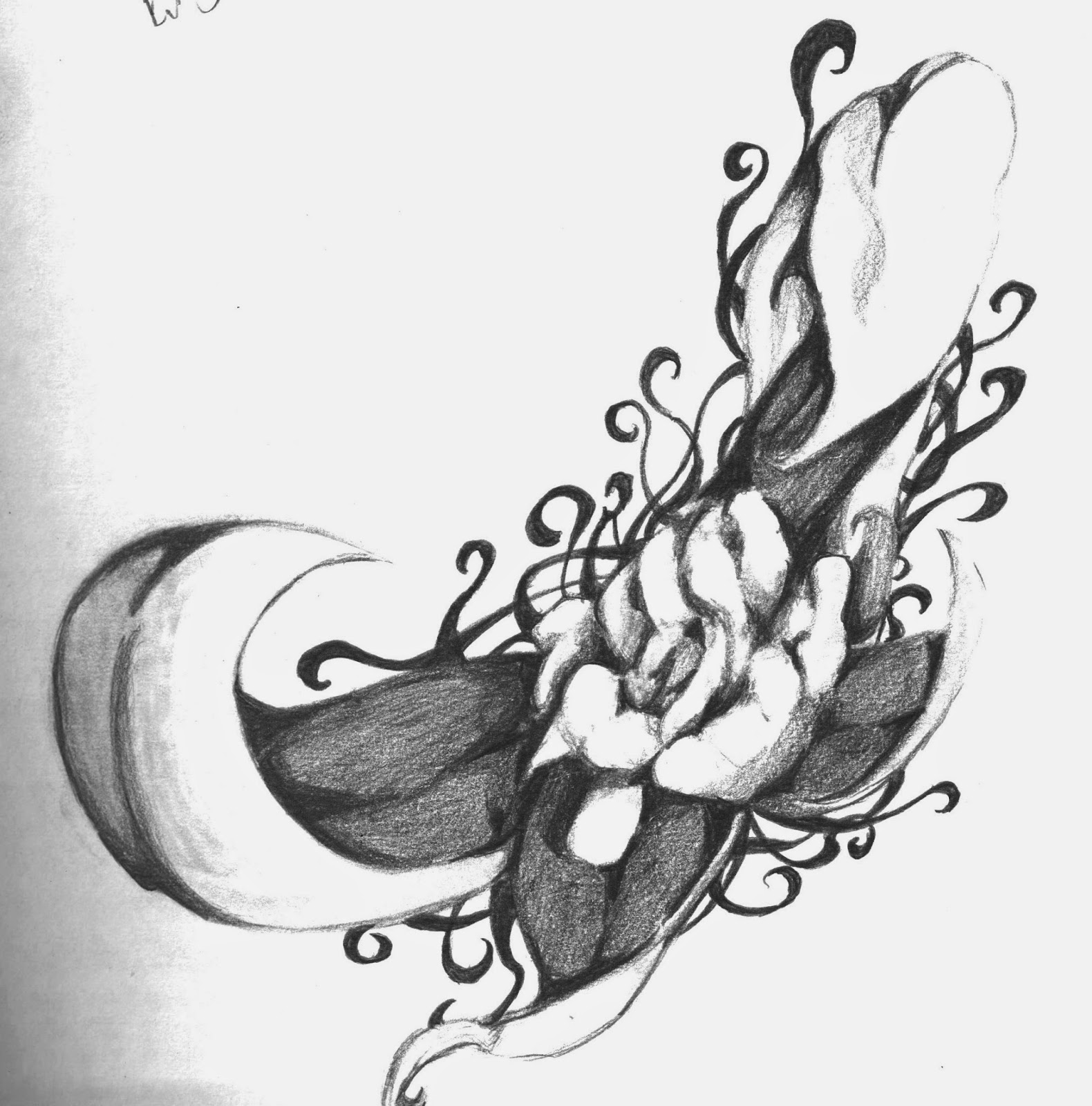Recently I browsed the AIGA 50 picks for best cover of 2013, at this link http://www.aiga.org/news-20140918/. Though I enjoyed a some of them, a few of the covers were poor choices.
Having a good familiarity with King's works I'm sure that the book has many mysteries that should not be explained in the cover. But the image does not feel creative enough to fit. Who, what is the story about? Does the woman inhale smoke from doctor sleep, is she doctor sleep? What context is the story? Does it take place in a modern-urban context? Remote, country setting? There is so much imagery without context that a stark, black background would have been better than setting up an interesting image that has no relationship to any implied context to the story.




















